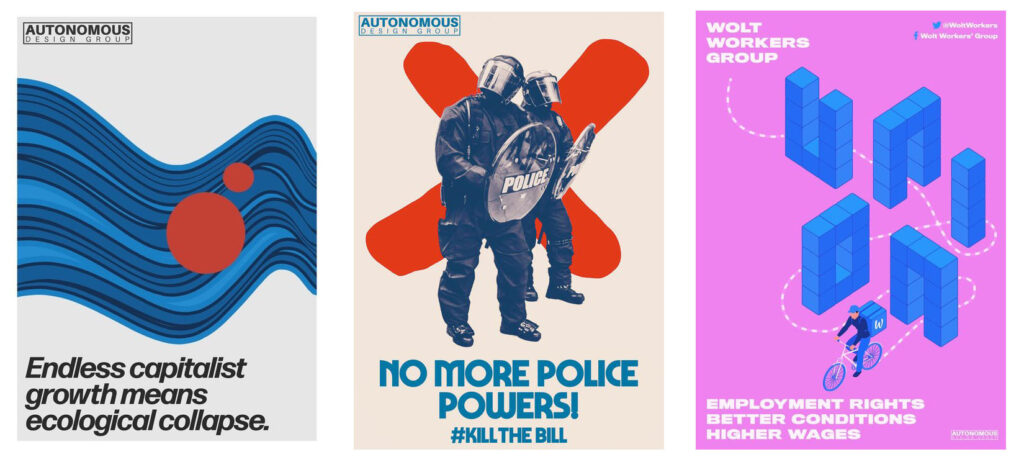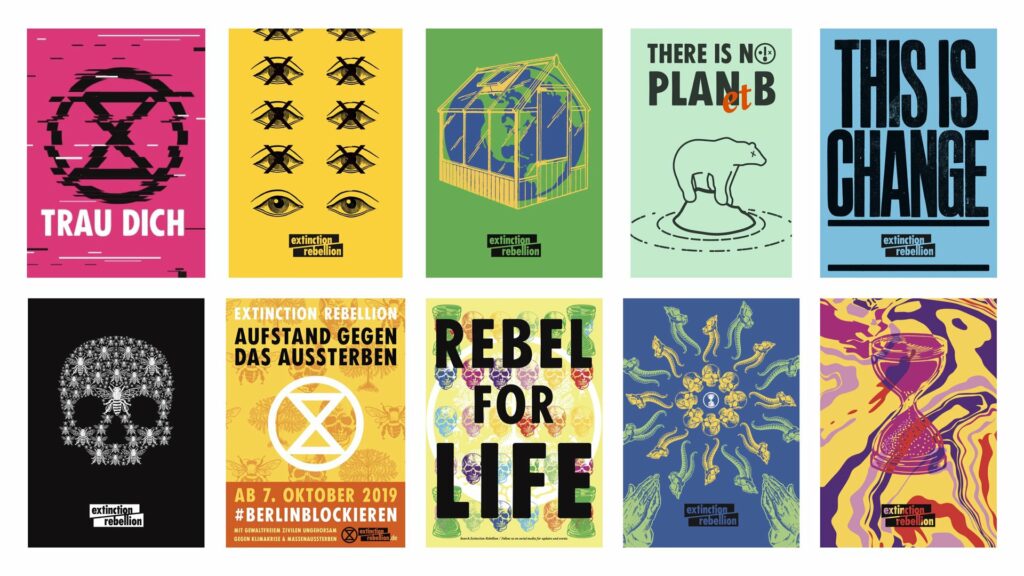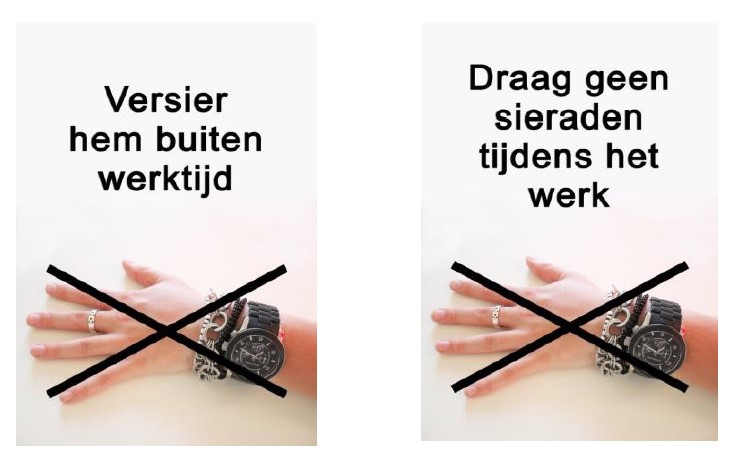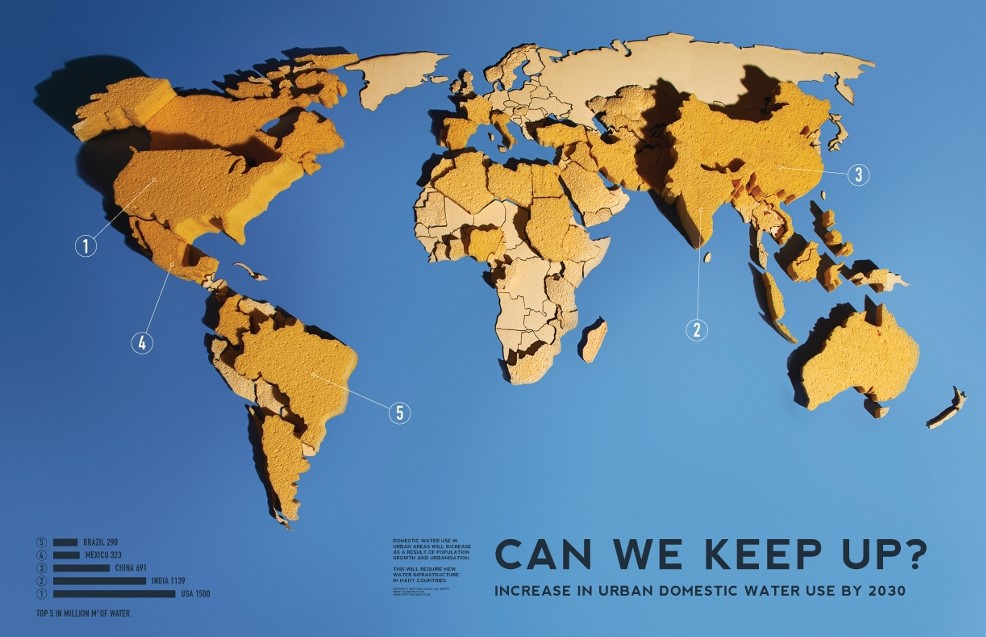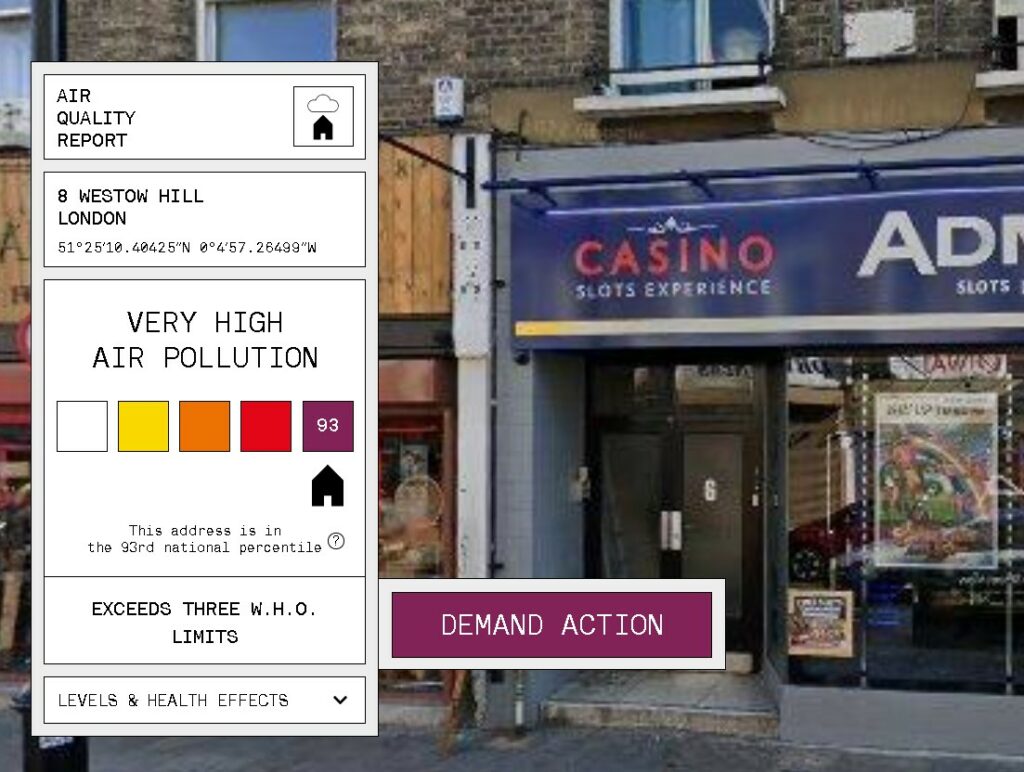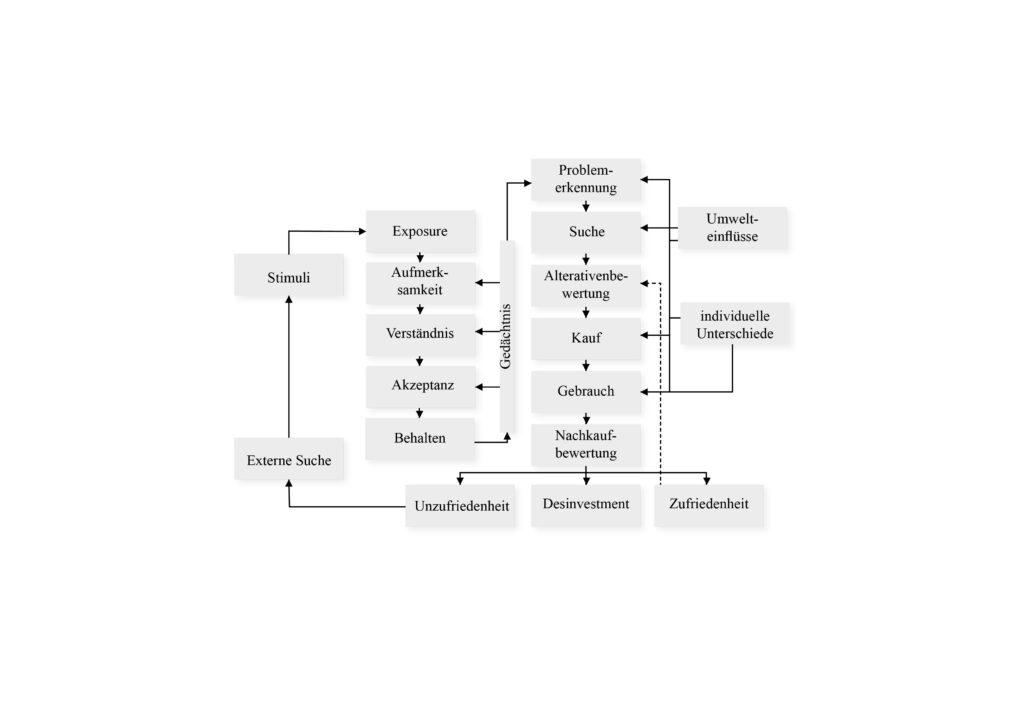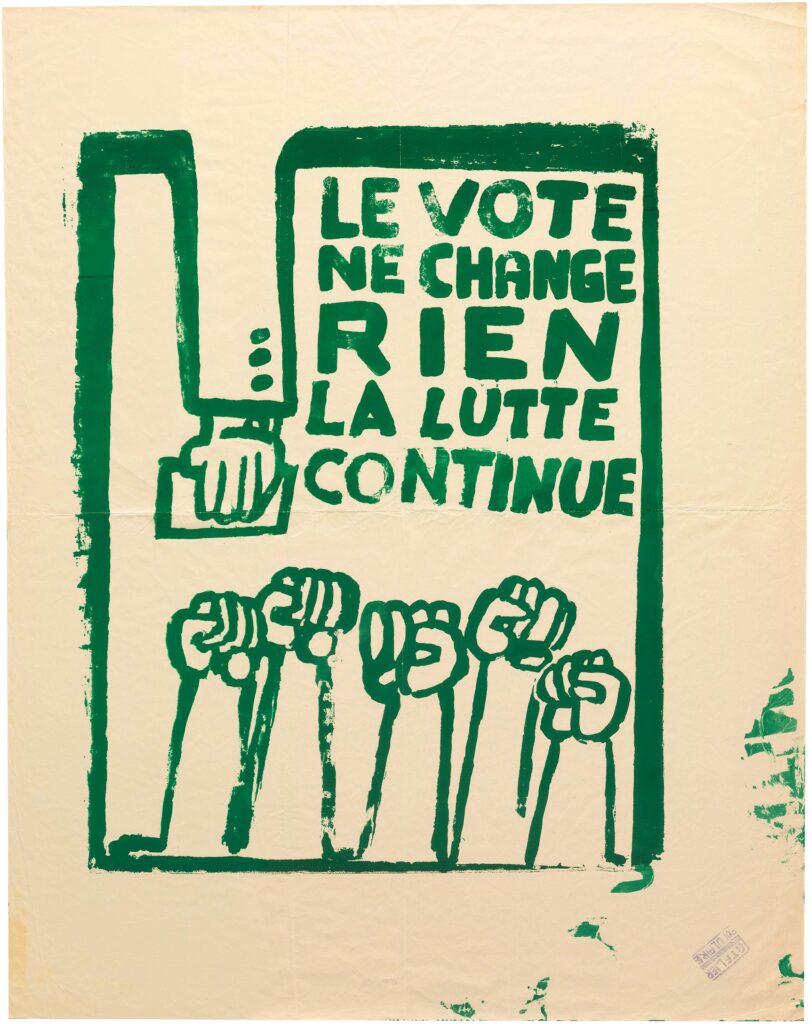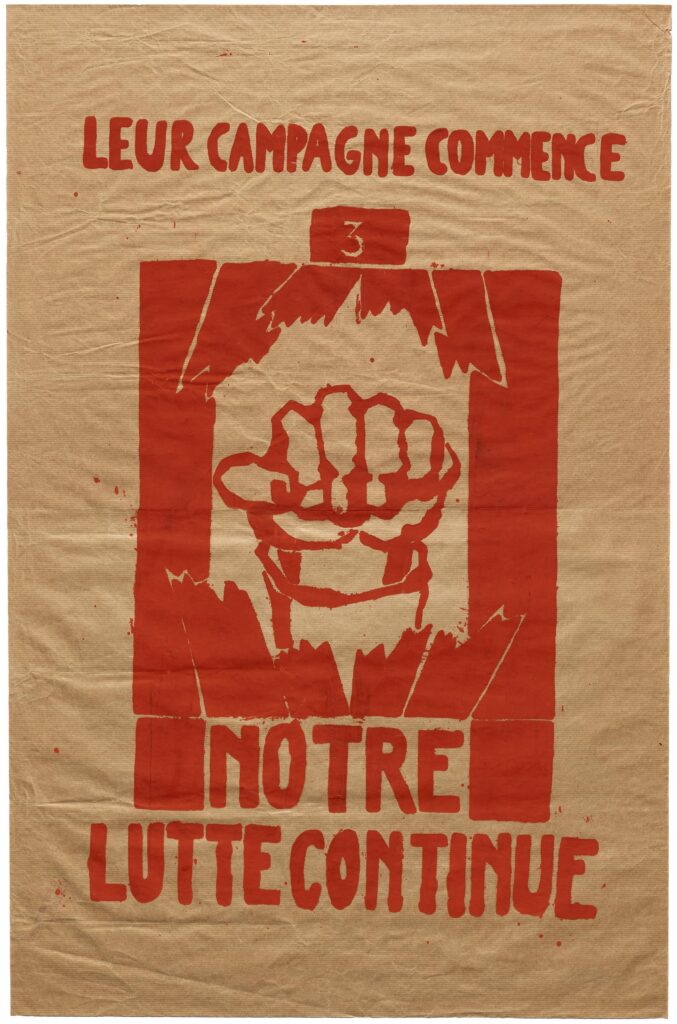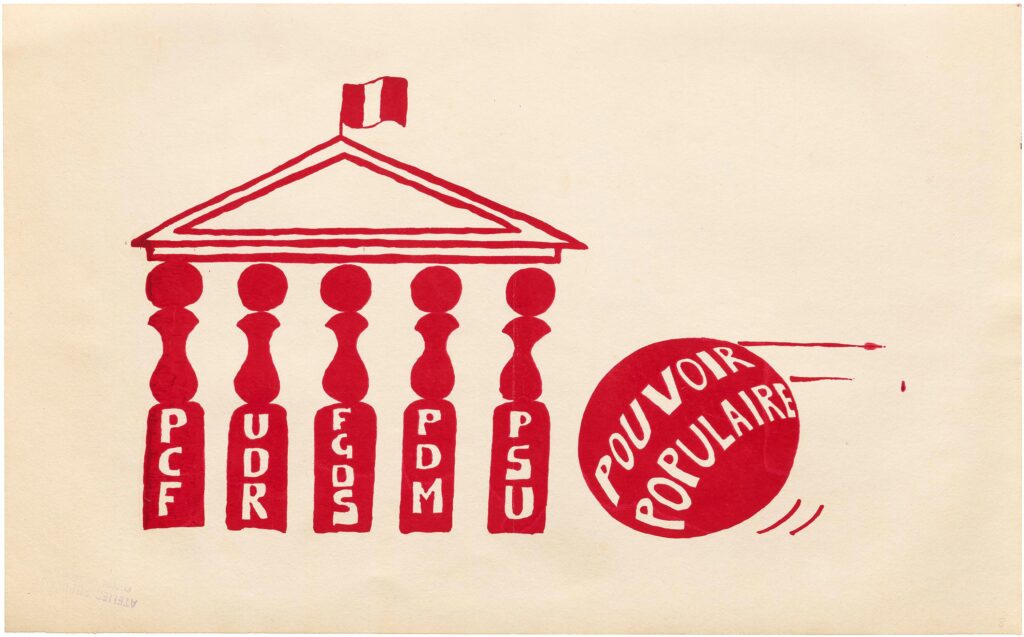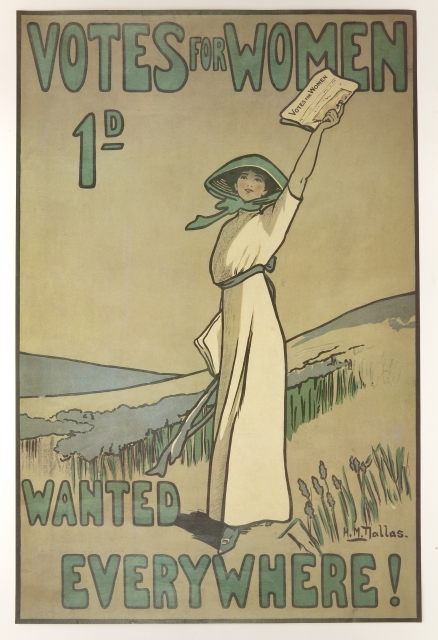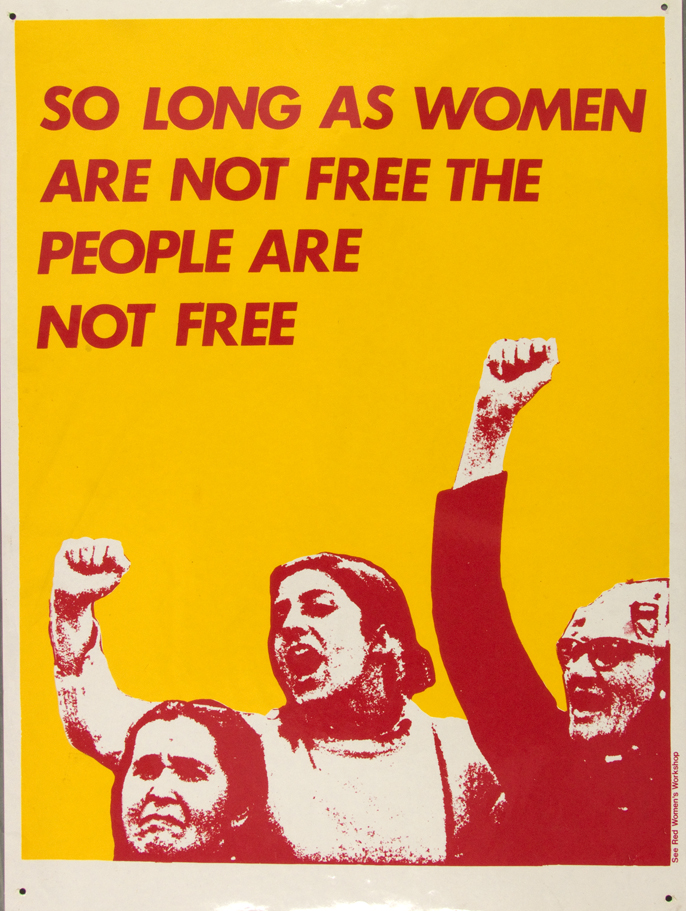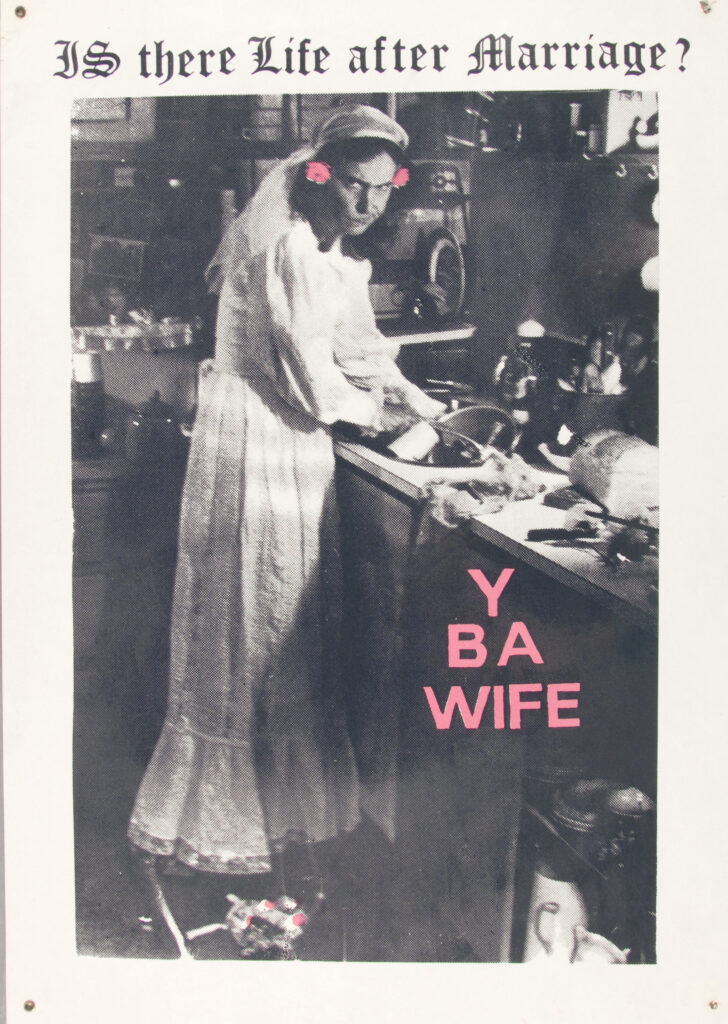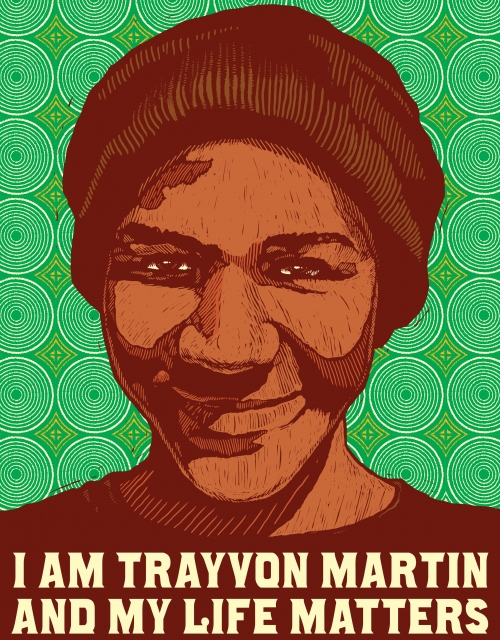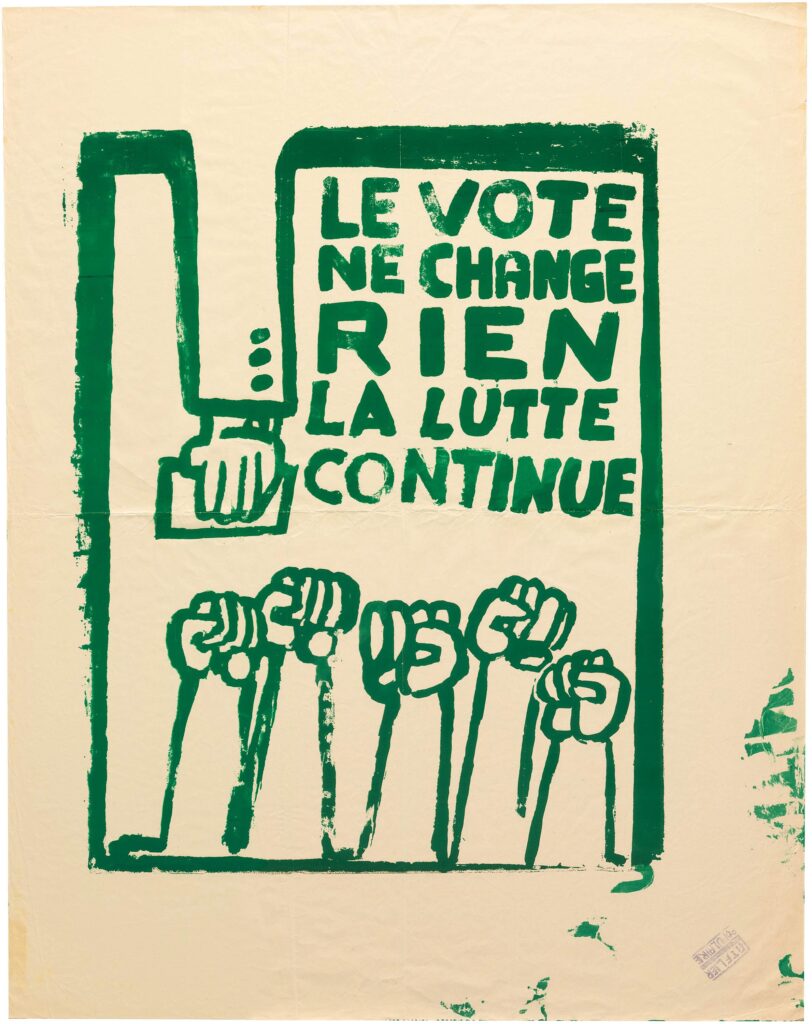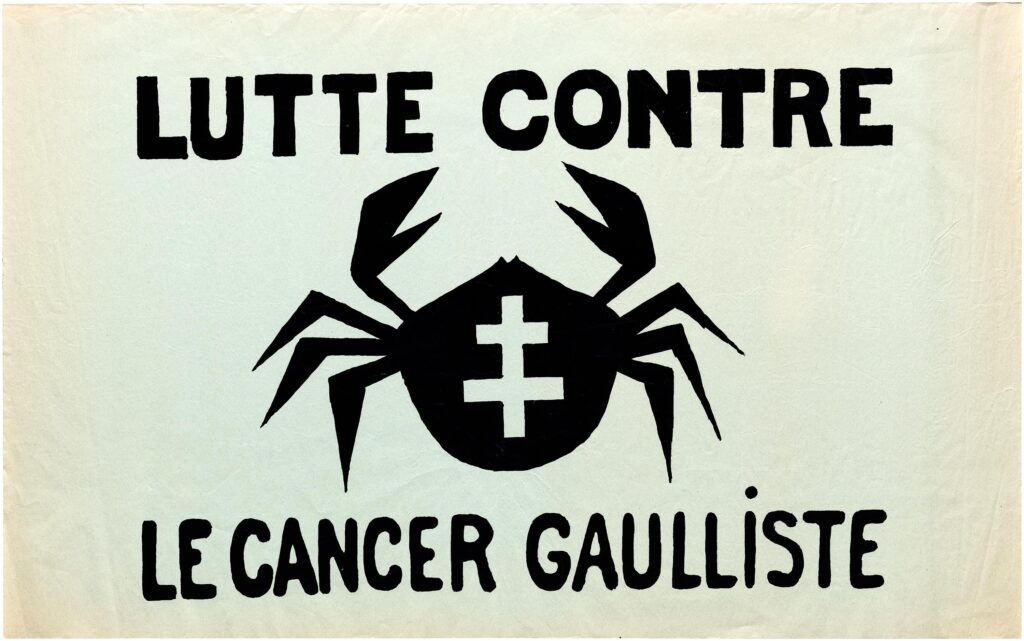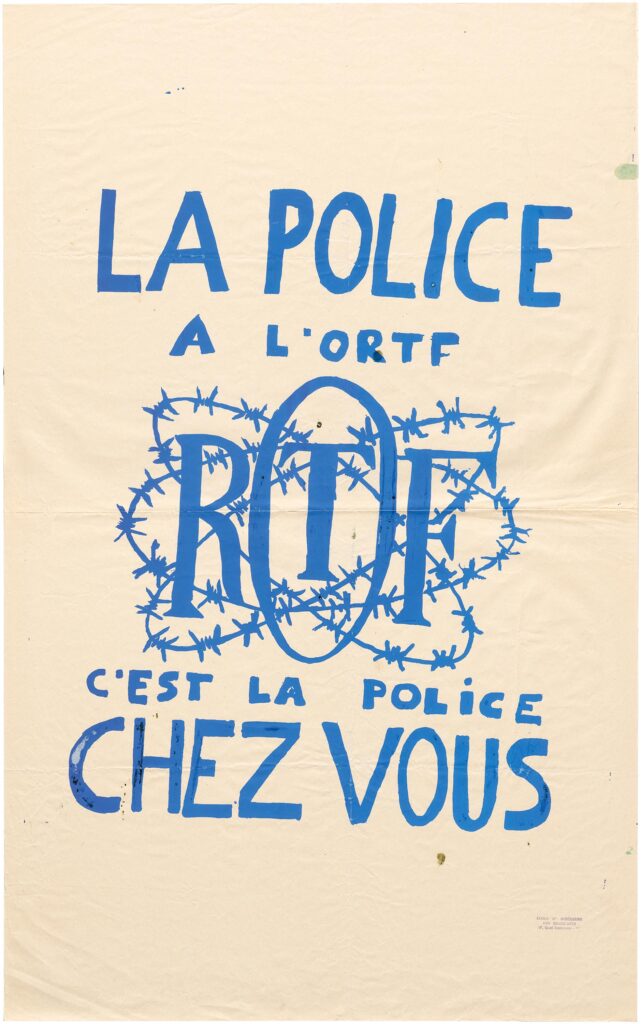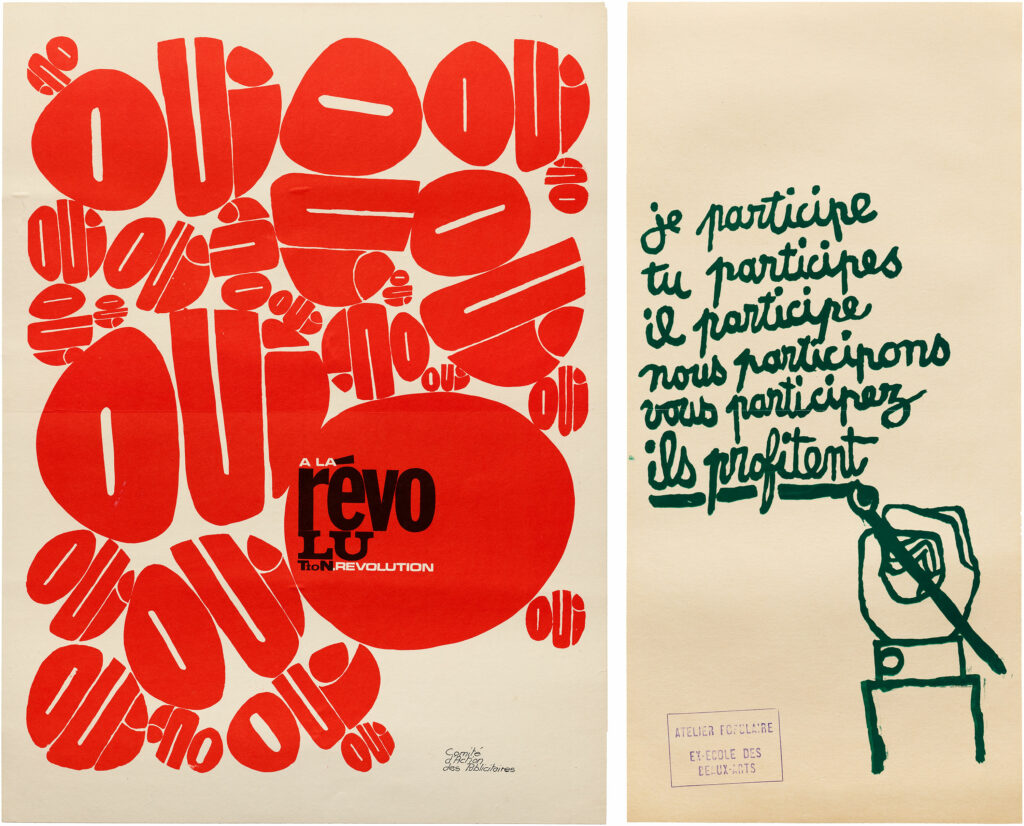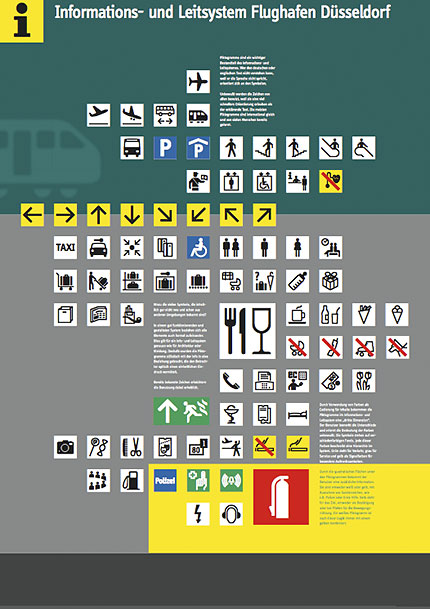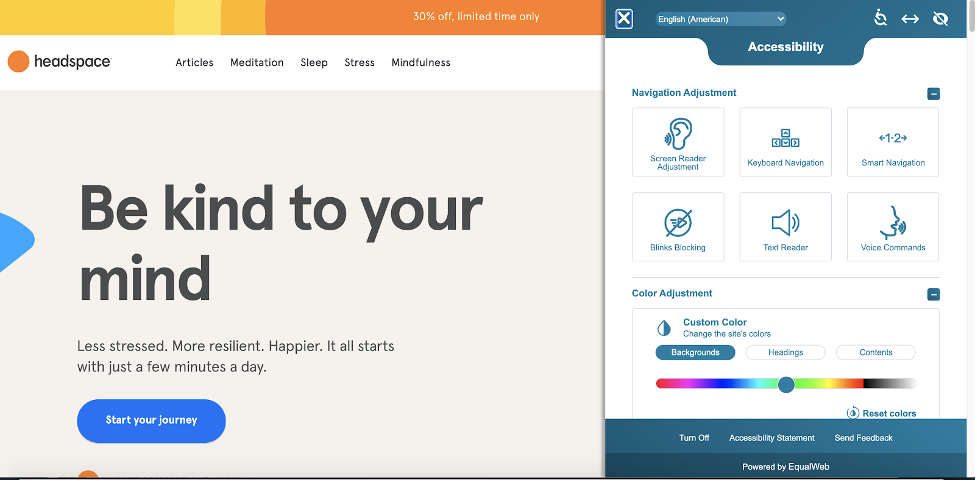With my new topic of aesthetics in UX/UI design in mind, I immediately began researching possible sources and interesting aspects. Here are some first touchpoints worthy of further investigation:
Research paper “The influence of design aesthetics in usability testing: Effects on user performance and perceived usability” by Andreas Sonderegger and Juergen Sauer
This paper is written about a study of 60 teenagers that were tasked with several problems using mobile phone apps (Sonderegger & Sauer, 2010). During the test, two identical phones were manipulated regarding the aesthetic appearance of the apps. The study showed that the more appealing phone was seen as more usable and improved performance (Sonderegger & Sauer, 2010).
Research paper “Is beautiful really usable? Toward understanding the relation between usability, aesthetics, and affect in HCI” by Alexandre N. Tuch, Sandra P. Roth, Kasper Hornbæk, Klaus Opwis, Javier A. Bargas-Avila
This is a similar study where 80 participants tested for versions of the same online shop, which differed regarding their aesthetic appearance (Tuch et al., 2012). However, the researches found the opposite case to be true: They found that the aesthetics did not affect the perceived usability. On the contrary: “In contrast, usability has an effect on post-use perceived aesthetics. Our findings show that the ‘‘what is beautiful is usable’’ notion […] (Tuch et al., 2012, p. 1598).
Research paper: “The Effect of Layout and Colour Temperature on the Perception of Tourism Websites for Mobile Devices” by Kiemute Oyibo and Julita Vassileva
This paper is more specific and examines the effect of layout and colour temperature on tourism websites. The authors found a strong corellation between both factors and the perceived usefulness, enjoyment and intention to use (Oyibo & Vassileva, 2020).
To conclude, we can say that from this first, quick research it is already apparent that some research already exists in this area, but there does not seem a lot of common ground. This conclusive statement must be verified in more detail later.
When it comes to what exactly is regarded as “aesthetic”, there are of course certain visual rules and “laws”, which could require further examination. In addition, there are certain design trends in UX/UI design, which constantly change. On the blog “AIGA Eye on Design” I read an interesting article about the “Era of Rebellious Web Design”, which described the current trend of breaking away from traditional web aesthetics of clean responsive designs, moving towards a more experimentation and a splash of nostalgia (Frey, 2022).
This issue fascinates me also very much. How did our sense of “beautiful” UX/UI design change over time? And what do we perceive as aesthetic UX/UI design now? And is there a universal aesthetic or do aesthetics change from culture to culture?
References:
- Frey, A. (2022, May 18). The Era of Rebellious Web Design Is Here. Eye on Design. https://eyeondesign.aiga.org/the-era-of-nonchalant-web-design-is-here/
- Oyibo, K., & Vassileva, J. (2020). The Effect of Layout and Colour Temperature on the Perception of Tourism Websites for Mobile Devices. Multimodal Technologies and Interaction, 4(1), 8. https://doi.org/10.3390/mti4010008
- Sonderegger, A., & Sauer, J. (2010). The influence of design aesthetics in usability testing: Effects on user performance and perceived usability. Applied Ergonomics, 41(3), 403–410. https://doi.org/10.1016/j.apergo.2009.09.002
- Tuch, A. N., Roth, S. E., Hornbæk, K., Opwis, K., & Bargas-Avila, J. A. (2012). Is beautiful really usable? Toward understanding the relation between usability, aesthetics, and affect in HCI. Computers in Human Behavior, 28(5), 1596–1607. https://doi.org/10.1016/j.chb.2012.03.024
